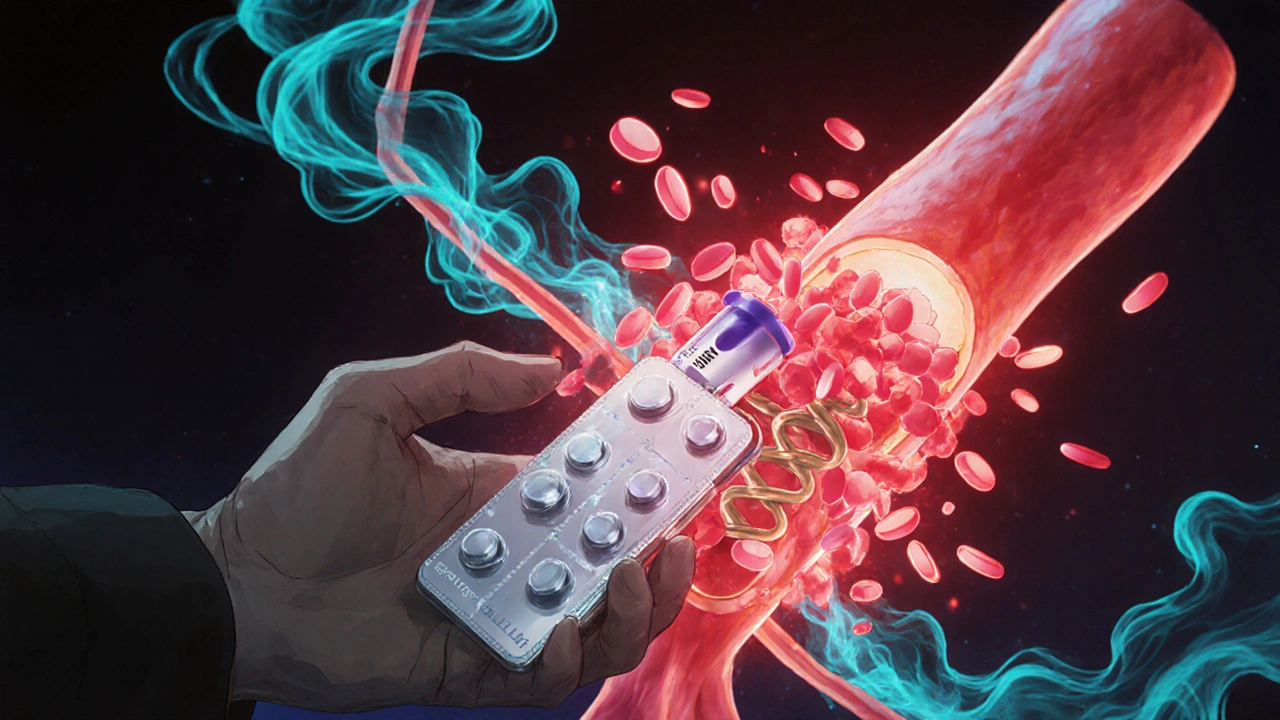When a drug makes you bleed—inside or out—it’s not just a side effect, it’s a warning. bleeding side effects, unintended blood loss triggered by medications. Also known as drug-induced hemorrhage, it can range from a bloody nose to life-threatening internal bleeding. This isn’t rare. Thousands of people end up in emergency rooms every year because a pill they took for pain, blood pressure, or depression started bleeding where it shouldn’t.
It’s not just one drug. NSAIDs, common painkillers like ibuprofen and diclofenac thin the stomach lining and can cause ulcers that bleed. anticoagulants, blood thinners like aspirin and warfarin stop clots from forming—which is good for preventing strokes, but dangerous if you cut yourself or have a fall. Even antidepressants, like duloxetine and amitriptyline, can interfere with platelet function and increase bleeding risk. These aren’t edge cases. They’re documented, predictable, and often overlooked.
What makes it worse? Mixing them. Taking aspirin with ibuprofen? That’s doubling the risk. Adding an SSRI to an NSAID? That combo is a known hazard. And if you’re older, or have kidney or liver issues, your body doesn’t clear these drugs as fast—so the bleeding risk climbs even higher. You don’t need to stop your meds. But you do need to know the signs: unusual bruising, dark or tarry stools, gum bleeding, headaches that won’t quit, or blood in your urine. These aren’t "just side effects." They’re red flags.
Below, you’ll find real comparisons of medications linked to bleeding risks—from aspirin and diclofenac to antidepressants and antifungals. No guesses. No fluff. Just what works, what doesn’t, and what you should watch for. If you’re on any of these drugs, this isn’t just information—it’s a safety checklist.
